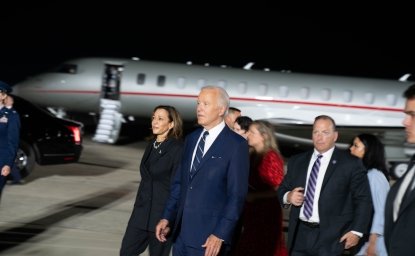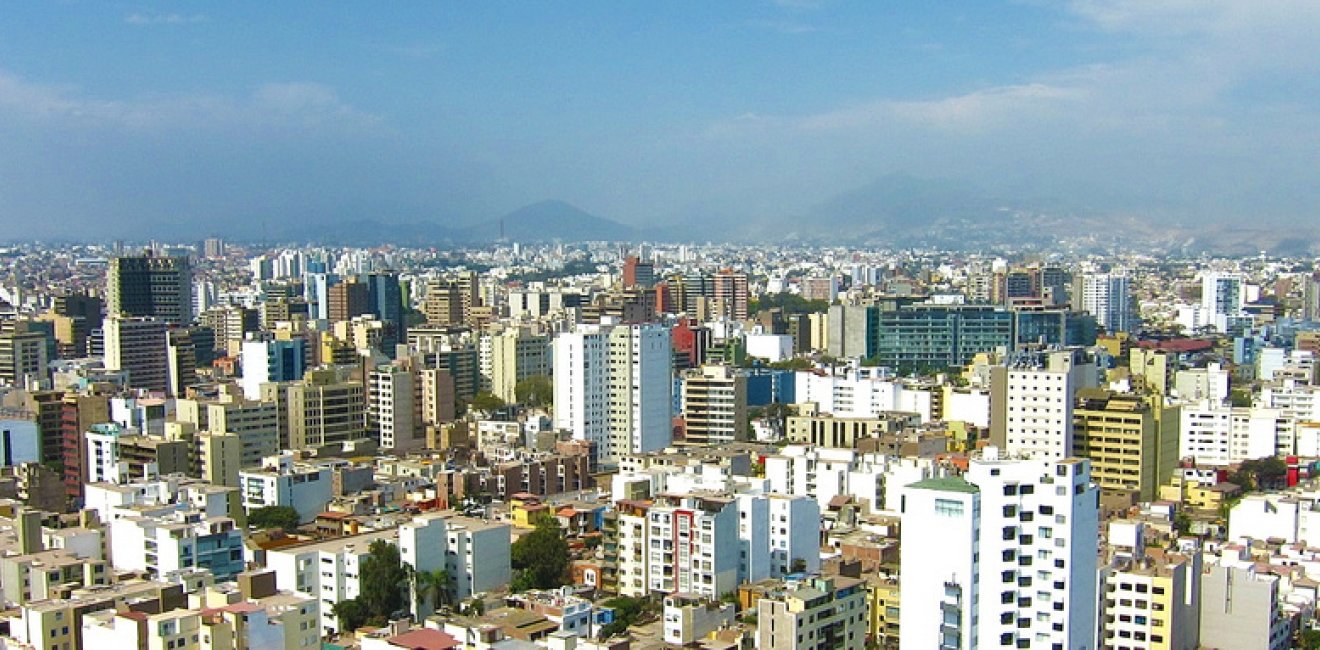English | español
In October 2016, the Latin American Program and the CAF – Development Bank of Latin America hosted conferences in Quito, Ecuador and Lima, Peru to examine the characteristics of violence and crime in major Andean cities and to discuss how public policy can address these issues.
Studies on citizen insecurity in Latin America have often focused on regions in which levels of violence have risen substantially because of organized crime and drug trafficking—such as Brazil, Mexico, and the Northern Triangle of Central America. More recent studies have analyzed the significant increase in delinquency and violence in Venezuela.
Less focus has been dedicated to studying crime and violence in the Andes, although this region presents at least two characteristics that deserve further analysis. On the one hand, some Andean cities are strategic sites for organized crime and drug trafficking—yet they have lower homicide rates than other cities with comparable levels of drug-related criminal activity. On the other hand, in some Andean cities homicide rates remain low (Quito, Lima, La Paz, and Bogotá), but high levels of victimization due to common crime or other violence continue to disturb the daily lives of residents. Objectively speaking, these crimes may not be the most violent, but they are often what matter most to the population as a whole.
Given the need to further understand violence and crime in major Andean cities, the Latin American Program and the CAF convened two conferences, with the goal of accomplishing four main objectives:
1. To compare the evolution of citizen (in)security in Bogotá, Quito, Lima, and other Andean cities, seeking to determine the causes of high victimization and differing levels of violence among cities.
2. To analyze responses by State institutions to crime and violence in metropolitan areas, including responses by local governments, police, judicial entities, and prison systems.
3. To review crime prevention policies in the cities studied, noting their successes, challenges, and sustainability.
4. To make specific public policy recommendations on citizen security based on the latest research.
Below we share key outcomes of these conferences, including a videorecording of the conference in Lima, Peru; country-specific reports (in Spanish), and policy briefs (in English and Spanish).
On March 8, a conference in Washington, DC expanded on these findings. Learn more.
Policy Brief (in English), by Eric Olson and Rachel Martin
Policy Brief (in Spanish), by Lucía Dammert
Videorecording of the Conference in Lima, Peru
Part One
Opening Remarks (14:36 – 25:14)
What are some of the issues that lead to insecurity in the Andean region? And what is a holistic way to address insecurity?
Security and Policing in Lima (33:30 – 1:07:30)
Leonardo Caparrós, Ministry of Interior, Peru
Caparrós gives an overview of security problems in Lima, Peru, including the high levels of robbery and extortion in major cities. He also recommends much-needed reforms in the country’s police force, including hiring more personnel, improving training quality, and restructuring the institution to favor professionalization and specialization. Caparrós also emphasizes the importance of generating good data to inform policymakers on policing issues and crime levels, since data collection is currently limited and unreliable, and the need to improve the public trust in police.
Ciudad Juarez and Strategies for Reducing Violence (1:12:11 – 1:43:09)
Eric Olson, Woodrow Wilson Center for International Scholars
Olson elaborates on the case of Ciudad Juarez, a border town in northern Mexico that was one of the world’s most violent city between 2007 and 2012. Violence in Ciudad Juarez began to decrease in 2009 and dropped dramatically in 2012. Olson explains some of the factors that contributed to the drastic improvement in security conditions in the city: the federal government’s effective response to the problem, the resolution of the Sinaloa-Juarez cartel conflict, U.S.-Mexico cooperation, and the role of a strong civil society.
Local Governments and Security (1:45:13 – 2:02:21)
Leandro Gorgal, Development Bank of Latin America (CAF)
Gorgal discusses the problems of increased violence and the presence of illegal economies in the Andean region, which have contributed to social disorder and heightened crime. He also comments on the increase in violence in the daily lives of citizens, comparing the relative importance of organized versus common crime in contributing to levels of violence. Gorgal mentions how the Development Bank of Latin America (CAF) is working to address crime and violence.
Part Two
Crime and Violence in Metropolitan Lima: Working Hypothesis and Preliminary Data (0:08 – 35:40)
Jaris Mujica and Nicolás Zevallos, Criminology Laboratory, School of Government PUCP
Mujica and Zevallos share some of their findings on the nature of violence in metropolitan Lima. According to their research, violence has an important presence in everyday life. However, the majority of violence is not associated with organized crime (although this phenomenon has expanded), but rather with everyday violence and common delinquency. Sexual and domestic violence, which is based on social inequalities, also accounts for a significant amount of violence that the city experiences. Mujica and Zevallos conclude by suggesting that the state’s response to increased violence should emphasize police capacity and reforming judicial institutions rather than the repressive approach on which the state currently relies.
Violence and Insecurity in the Major Andean Cities of Bolivia: La Paz y El Alto (37:17 - 1:07:20)
Gabriela Reyes Rodas, Researcher, Bolivia
Reyes Rodas presents on issues of crime and violence in the cities of La Paz and El Alto, including the cities’ policies aimed at crime reduction and the major causes of violence (e.g., youth violence and the drug trade), as well as the incidence of femicide and domestic violence. She touches on social and economic changes that have affected current conditions in Bolivia, such as the overall decrease in poverty rates, rural-urban migration, and a growing middle class.
Part Three
In this participatory discussion at the end of the seminar, Lucia Dammert (Universidad de Santiago de Chile and Woodrow Wilson Center) moderates questions and comments from the attendees. The participants discuss citizen security issues in Lima, including topics such as the structure and organization of the National Police of Peru (PNP), strategies for crime reduction, and the importance of civil society involvement to control criminal activity.
Photo Credit: Serious Cat / Flickr / Creative Commons
- Violence and Crime in Major Andean Cities: Characteristics and Public Policies
- Violence and Crime in Major Andean Cities: Characteristics and Public Policies
- Violence and Crime in Major Andean Cities: Characteristics and Public Policies
- Violence and Crime in Major Andean Cities: Characteristics and Public Policies
- Violence and Crime in Major Andean Cities: Characteristics and Public Policies
- Violence and Crime in Major Andean Cities: Characteristics and Public Policies
Contributors

Professor, Universidad de Santiago de Chile

Director of Policy and Strategic Initiatives, Seattle International Foundation

Latin America Program
The Wilson Center’s prestigious Latin America Program provides non-partisan expertise to a broad community of decision makers in the United States and Latin America on critical policy issues facing the Hemisphere. The Program provides insightful and actionable research for policymakers, private sector leaders, journalists, and public intellectuals in the United States and Latin America. To bridge the gap between scholarship and policy action, it fosters new inquiry, sponsors high-level public and private meetings among multiple stakeholders, and explores policy options to improve outcomes for citizens throughout the Americas. Drawing on the Wilson Center’s strength as the nation’s key non-partisan policy forum, the Program serves as a trusted source of analysis and a vital point of contact between the worlds of scholarship and action. Read more

Explore More
Browse Insights & Analysis
Семь друзей Пронина

Обменяли хулигана


